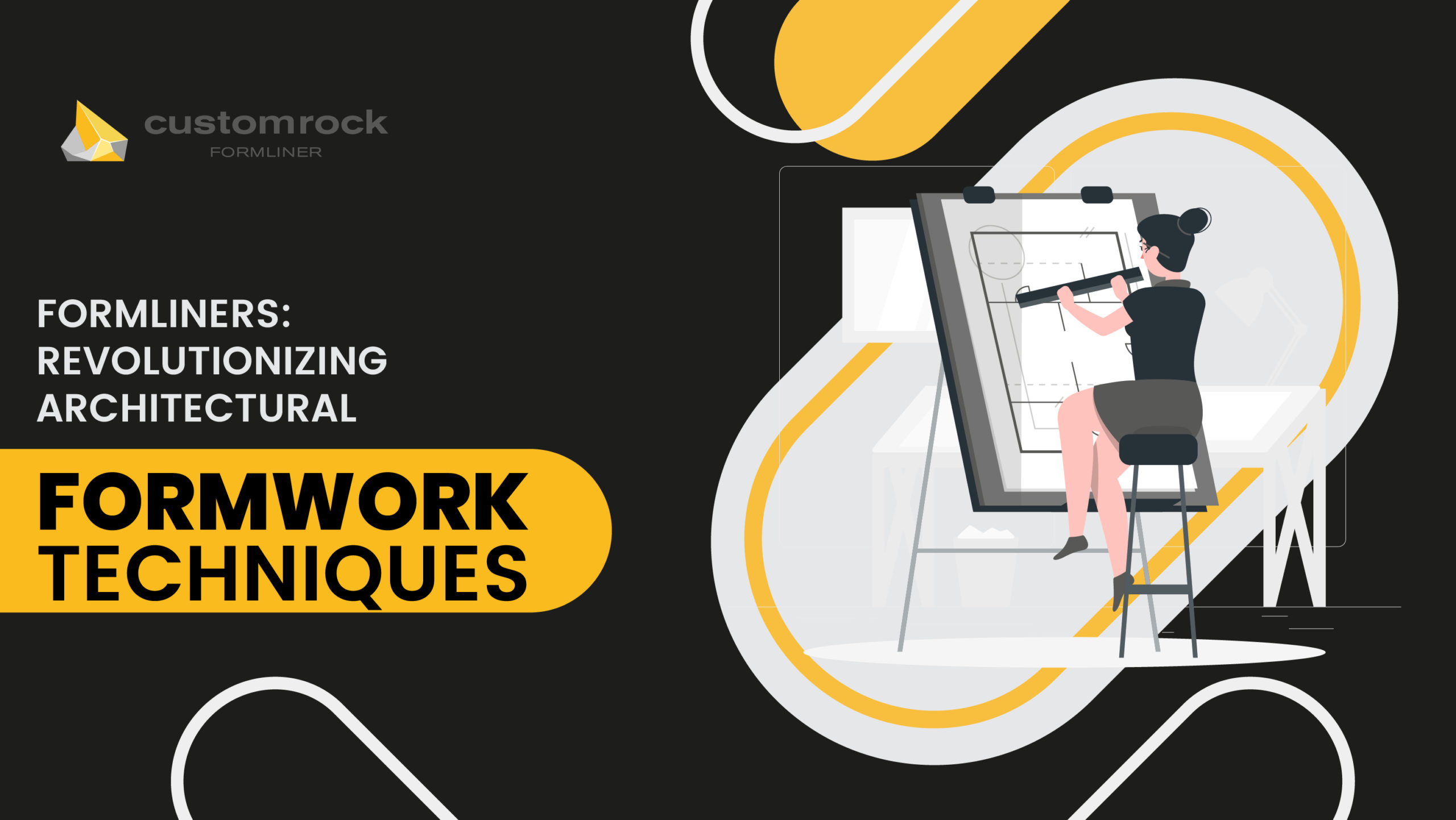TL: DR
Formliners have significantly changed architectural framework techniques; bringing advancement and benefits to the construction industry. Not only have they simplified the construction process but also save time, and money and improve overall productivity.
Formliners have now become a valuable tool in the construction industry that allows projects to be completed more efficiently and with enhanced aesthetic appeal. They help architects to achieve simplified installations and flexibility around the project.
Their aesthetic contribution and simplified design process make them an ideal option for architects across the industry.
5 Ways Formliners Have Revolutionized Formwork Techniques

Formliners have helped streamline and enhance traditional formwork techniques. It has helped in bringing numerous advancements in the construction industry. Some of the ways include:
1. Simplified Installation
Formliners offers a streamlined and seamless installation process. It eliminates the need for intricate manual detailing or carving on the site that is typically required with traditional techniques.
Instead of creating patterns and designs from scratch, formliners come with pre-designed patterns that are ready to be placed within the formwork. Compared to the old process where skilled craftsmen would manually carve patterns, the use of formliners simplifies the whole process.
It eliminates the need for laborers to manually work on site; saving time and cost. Moreover, it also reduces the potential for errors that could happen due to manual detailing.
The simplified installation process allows construction companies to work effectively and efficiently. By eliminating the complex and time-consuming manual detailing, the formliners contribute immensely to a smoother and more productive construction process.
Formliners also reduce the risk of human errors. With the help of traditional methods, achieving detailed designs and patterns require a lot of skills and precision. If there’s any mistake, it may require plenty of time to rectify it.
2. Increased productivity
Formliners contribute to an increase in overall productivity and efficiency. Formliners can significantly reduce the need for labor requirements during the formwork stage. By using formliners, the need for specialized labor is minimized.
Construction teams can then allocate these resources more efficiently, reduce labor costs and improve productivity. Formliners also reduce the chances of human error when it comes to designing patterns; thus saving more time by avoiding rework.
The use of formliners in formworks has resulted in more successful projects, a better client satisfaction rate, and overall improved productivity.
3. Cost Efficiency
Formliners are a great option when it comes to cutting down costs. They can do this in numerous ways which include a reduction in labor costs, saving time, reduced maintenance, and optimal resource allocation.
Formliners also contribute to material savings in the construction process. When it comes to traditional techniques, achieving decorative finishes requires additional mold, templates, and specialized tools.
But the use of formliners eliminates the need for such tools which results in cost savings. Another advantage of formliners is that they can be used multiple times, which helps enhance material efficiency and reduce waste.
4. Design Flexibility and Consistency
Formliners play an integral role in improving the overall aesthetics of a construction project. They help transform monotonous designs into visually dynamic and engaging elements.
The architects can also add great visual interest with various unique designs offered by formliners.
Moreover, it also offers an option to customize to make the project stand out.
The option to customize can add a sense of individuality and distinctiveness to the project. Custom-made formliners help in creating one-of-a-kind expressions in architectural designs.
By doing so, architects can set their projects apart from others and make a unique experience for the client. Apart from that, formliners can easily be integrated into the overall construction design.
In a nutshell, architects can easily create visually captivating architectural works by incorporating formliners.
5. Long-Lasting Artistic Impression
Formliners also contribute to the longevity of any given construction project. This ensures that the intended design and the aesthetic value last for a long time. Not only do they provide durability; which saves costs but also have cultural significance.
The aesthetic patterns of the formliners can go on to become iconic symbols or elements within a community or a cityscape. Ultimately, leaving a lasting artistic impression on the collective memory.
Formliners have also made formwork techniques more sustainable. With the help of eco-friendly materials, optimized resource efficiency, and minimum waste, formliners contribute to keeping the environment safe.



